Introduction of Antigua Coffee producing area in Guatemala roasting Analysis of Coffee beans and sharing of brewing skills and parameters
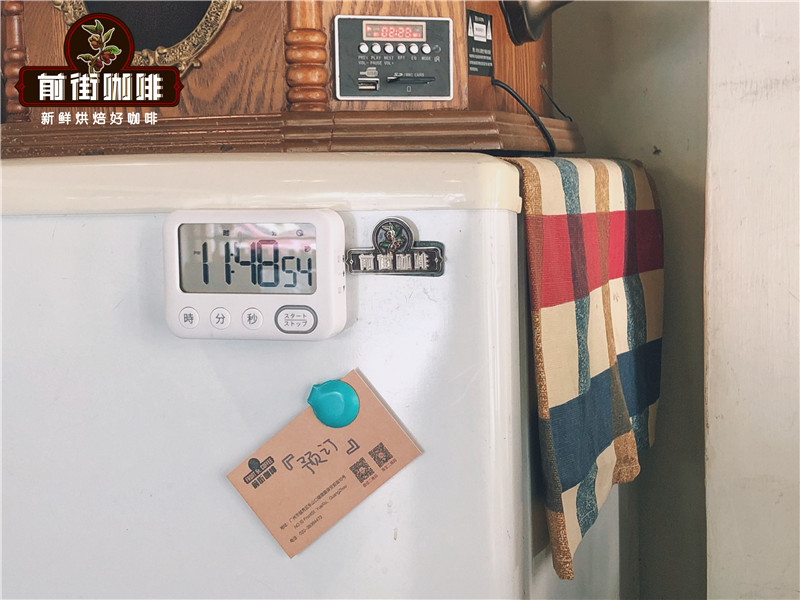
Professional coffee knowledge exchange more coffee bean information please follow the coffee workshop (Wechat official account cafe_style)
The high-altitude mountains of the coffee-producing areas of Guatemala have mineral-rich volcanic ash and fertile soil. Tropical climate, sunny, but also from the Pacific moist sea breeze, rich climate and regional environment, producing rich flowers and citrus acid. Qianjie Coffee found that whether it is medium-to-shallow roasted single-product coffee beans or medium-and deep-roasted Italian blended coffee beans, the characteristics of its floral fragrance is really surprising.
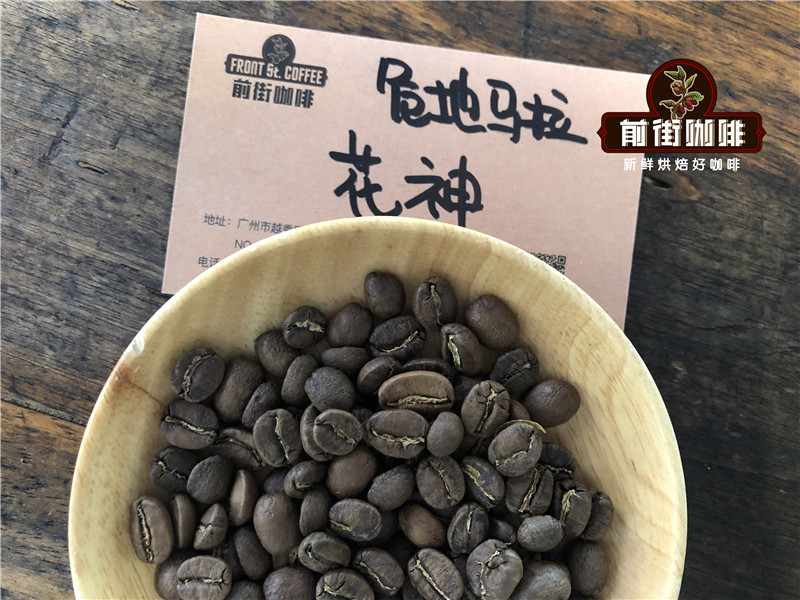
Coffee industry crisis in Guatemala in 2020?
According to the Coffee Finance Network, Guatemala is suffering from a serious coffee industry crisis-rising costs are higher than market prices, hampering the growth of the country's coffee production. Juan Luis Barrios, president of the Guatemalan National Coffee Association, said: "the current coffee prices are not enough to maintain the minimum cost of living, small and medium-sized coffee farms cannot afford production costs, and farmers have no incentive to expand production.
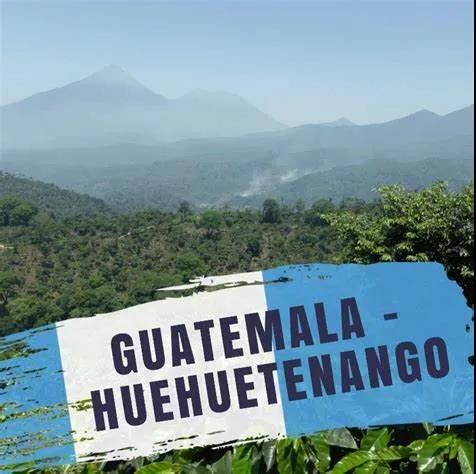
As global temperatures rise and climate patterns deteriorate, the weather is also hurting growers, bringing more adverse events. In 2020, the Caribbean, Central America and the United States were hit by record storms and the warmest three years on record. More water from storms increases the risk of fungal diseases, such as leaf rust. At the same time, this year's novel coronavirus epidemic has also pushed up the cost of coffee production, mainly reflected in picking and logistics transportation. As a result, as things stand, the cost of new season Guatemalan coffee beans will only be higher than last year's $190 to $230 per bag, exacerbating the local industry crisis.
The Guatemalan coffee on the front street is from Antigua.
Antigua, the full name of Antigua Guatemala (Old Guatemala or Old Guatemala), is also translated into Antigua Guatemala in Chinese. It is a famous ancient city in the Central American country of Guatemala, founded in 1543 about 40 kilometers west of the capital Guatemala City. Antigua was built in the Panchoa Valley, 1500 meters above sea level, surrounded by mountains and volcanoes close to the peaks of Agua and Fuego volcanoes. The center of the area is often threatened by earthquakes.
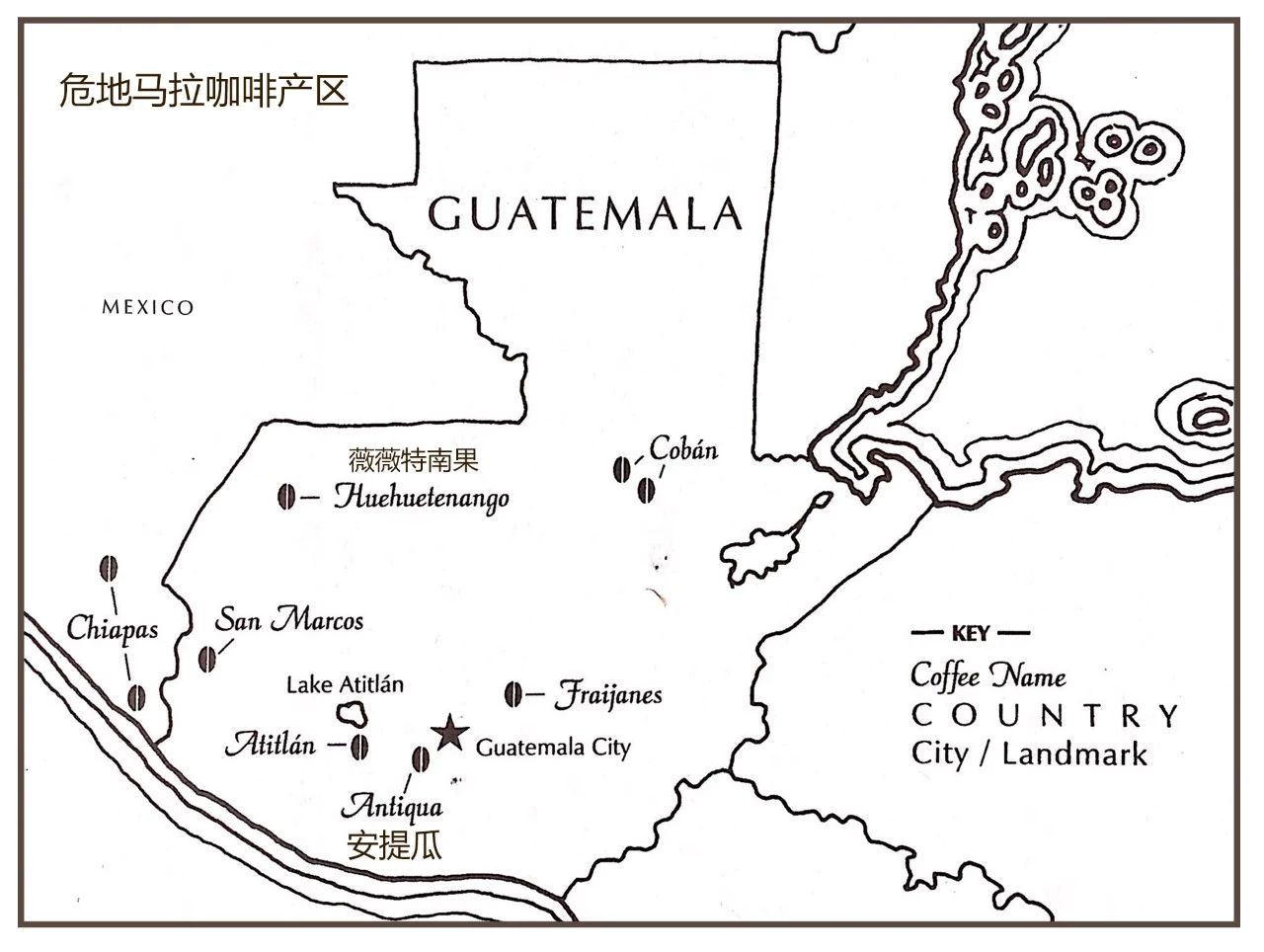
Duozuo volcanoes provide extremely fertile soil for Antigua coffee producing areas. With the great temperature difference between day and night, the growth rate of coffee trees slows down, and the flavor of coffee beans will be more abundant. Qianjie believes that the high altitude and rich minerals make the coffee beans in this area have white flower aroma and soft citrus fruit acidity.
Antigua Huashen coffee bean variety
This coffee bean from the front street uses bourbon and Kaddura coffee beans. Bourbon: it's a natural variant of the iron pickup. The coffee fruit appears wine red when it is ripe, and the body of the coffee bean is round. Planted in bourbon at high altitude, it usually has a better aroma and bright acidity, and tastes like red wine. Kaddura and bourbon are similar in shape, so it is a bit difficult to distinguish, but the tail of the Kaddura variety is more curved, round and slender.
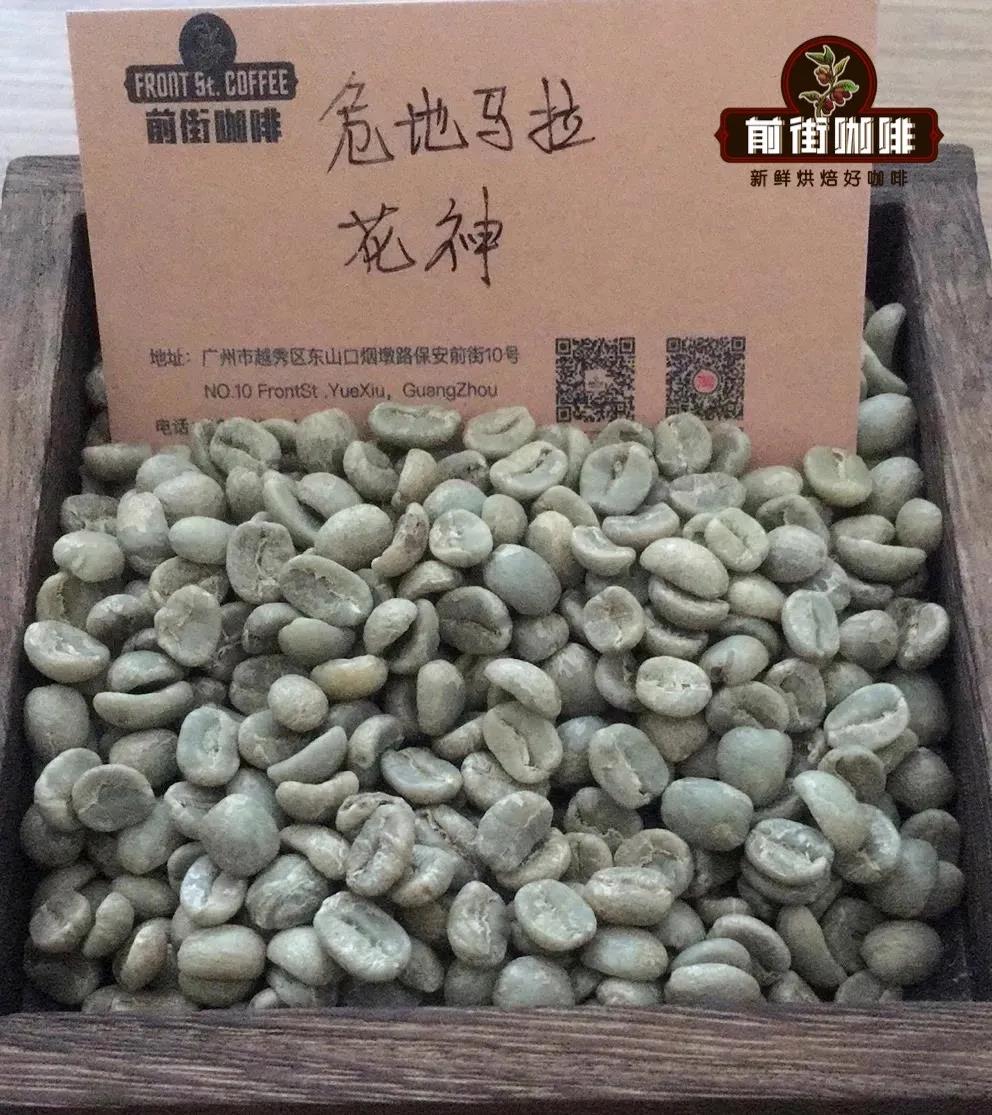
Antigua Huasen coffee bean treatment method
This coffee is washed with water. The washing method is to put the screened coffee fruit into the peeling machine and initially remove its peel and pulp. Put the coffee beans with residual pectin into the water and let them ferment for about 18-36 hours. After fermentation, the raw coffee beans with parchment are washed in a flow tank to remove the pulp and pectin. After washing, the coffee beans are dried so that the moisture content is reduced to about 12%. Finally, the parchment of raw coffee beans is removed. Qianjie believes that after washing beans, the taste is relatively clean and bright, and the performance of acid quality will be very lively.
Qianjie Coffee Baking record
This coffee has a round body, yellowish green, good evenness and medium moisture content, so Qianjie bakers aim to be medium-baked, preserving bright acidity to show floral and fruit aromas, and improving richness and balance on the other.
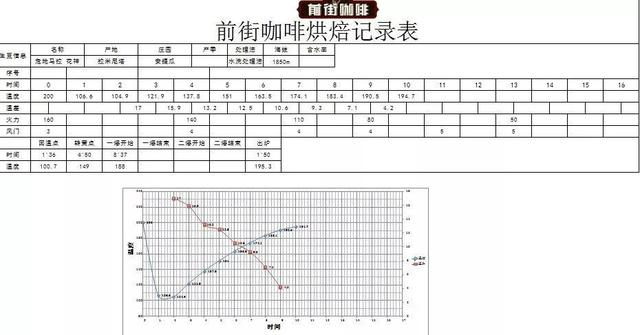
The furnace temperature is 200 degrees Celsius, the fire power is 160 degrees after the throttle is opened for 30s, the throttle is unchanged, the temperature return point is 1 "36, keep the firepower, the bean watch turns yellow in 4: 50" seconds, the smell of grass disappears completely, enter the dehydration stage, the firepower is reduced to 140 degrees, and the throttle is adjusted to 4. 4'50 "dehydration completed, firepower reduced to 140 degrees, 8km2 39. At 32 ", ugly wrinkles and black markings appear on the bean surface, and the smell of toast obviously changes to the smell of coffee, which can be defined as a prelude to an explosion. At this time, listen carefully to the sound of the explosion point, start to explode at 8: 37", adjust the firepower to 80 degrees, the throttle should be fully opened 5 (the firepower should be very careful, not so small as to be free of bursting sound), develop 1: 50 "after an explosion, 195.3 degrees into the pot.
Experience of brewing coffee in Qianjie
Brewing coffee by hand can highlight the excellent flavor of a cup of coffee. In order to highlight the floral aroma of Huashen coffee to reconcile the citrus flavor, the Hario V60 filter cup and the following specific parameters were adopted:
Coffee powder: 15g
Powder / water ratio: 1:15
Water temperature: 92 ℃
Degree of grinding: medium and fine grinding (pass rate of No. 20 standard screen 78%)
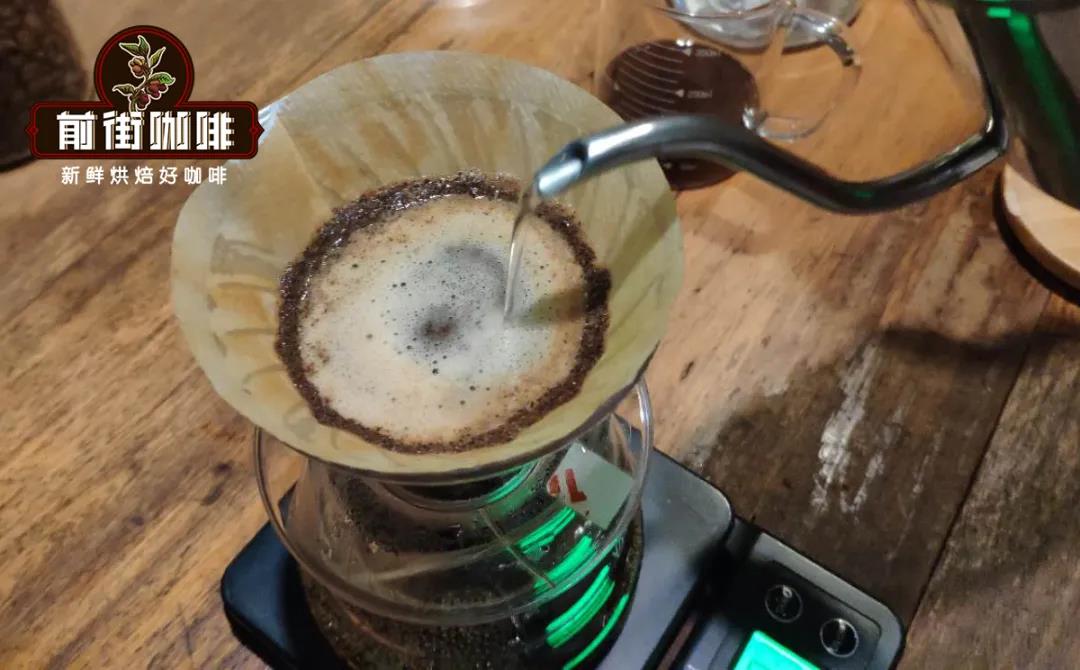
Qianjie cooking method: first inject 30 grams of water for 30 seconds, and then inject 90g water around the center line, reaching 120g. When the water level drops to 1 pound 2, 105 grams of water is injected, reaching 225 grams. All the coffee liquid on the filter cup flows into the next pot and ends the extraction for 1 minute and 55 seconds.
V60 brewing flavor: this cooking smells of jasmine and fruit, with bright citrus acidity in the mouth, honey sweetness in the middle and chocolate in the finish. After cooling, the smoky feeling gradually highlights.
Experience of brewing smart cups of Qianjie coffee
The smart cup is also known as the lazy cup, which means that as long as you are familiar with the parameters, you can easily make coffee with stable flavor. Since it is convenient to implement the lazy cup, oh, it is the wish of the smart cup, it can be guaranteed without manual interference. The specific operations and parameters are as follows:
Coffee powder: 15g
Powder / water ratio: 1:16
Degree of grinding: fine grinding (83% pass rate of No. 20 screen)
Water temperature: 93 ℃
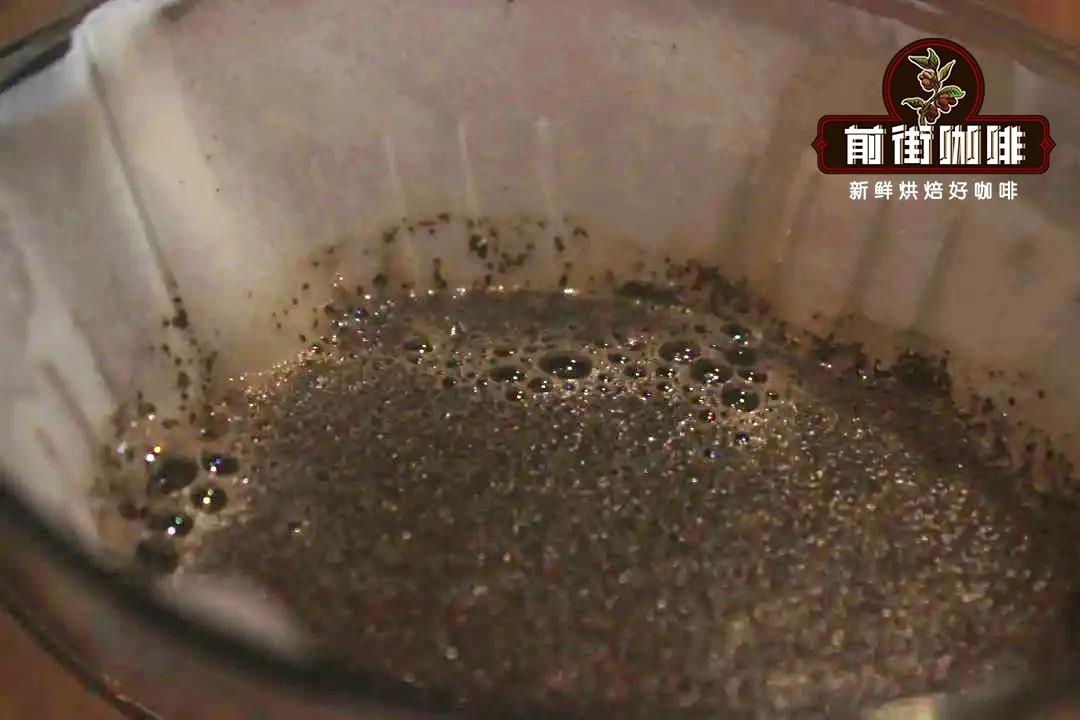
Qianjie coffee brewing method: put filter paper, pour coffee powder, pour 240g of water, the injection method is very simple, hot kettle boiled to 93 ℃ directly pour 240g of water on the line, if you are afraid of accidentally pouring too much, you can also first use a weighing or measuring cup to set 240g of water, so that you do not have to worry about overpouring. After filling the water, close the lid and start the clock. 4 minutes later, open the lid and put the smart cup on the mug. Let the coffee liquid flow into the mug.
Smart cup cooking flavor: this cooking flavor will tend to be balanced, taste like the sweet and sour taste of mandarin, the middle and back section is obvious chocolate and maple syrup flavor, solid taste.
For more boutique coffee beans, please add private Qianjie coffee on Wechat. WeChat account: kaixinguoguo0925
Important Notice :
前街咖啡 FrontStreet Coffee has moved to new addredd:
FrontStreet Coffee Address: 315,Donghua East Road,GuangZhou
Tel:020 38364473
- Prev
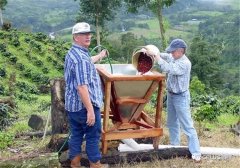
Flavor description of 90 + Danqi Meng Danch Meng Coffee
Danqimeng | Danch Meng (code: AF5B) basic information production area: Ethiopia SNNP, Kambata species: original Ethiopian variety Haiba: 1700m-2000 planting: smallholder treatment: sun flavor description: cocoa, black raspberries, plums, juicy, fragrant flowers, blueberries, dark chocolate details Danqimeng (Danch Meng)
- Next
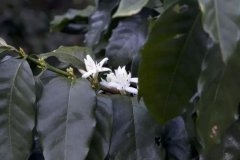
Introduction of raw bean archives wholesale Colombian Kao card producing area Rosa
Raw Bean Archives Colombia Rose 01 | introduction by Chris Kornman there are many coffee estates in the middle of the Valle del Cauca (Cauca) region of Colombia. These estates, including Cerro Azul, Las Margaritas, La Esperanze, Potosi and Hawaii, are managed by the Luis and Rigoberto Herrera brothers, who grow the coffee.
Related
- Detailed explanation of Jadeite planting Land in Panamanian Jadeite Manor introduction to the grading system of Jadeite competitive bidding, Red bid, Green bid and Rose Summer
- Story of Coffee planting in Brenka region of Costa Rica Stonehenge Manor anaerobic heavy honey treatment of flavor mouth
- What's on the barrel of Blue Mountain Coffee beans?
- Can American coffee also pull flowers? How to use hot American style to pull out a good-looking pattern?
- Can you make a cold extract with coffee beans? What is the right proportion for cold-extracted coffee formula?
- Indonesian PWN Gold Mandrine Coffee Origin Features Flavor How to Chong? Mandolin coffee is American.
- A brief introduction to the flavor characteristics of Brazilian yellow bourbon coffee beans
- What is the effect of different water quality on the flavor of cold-extracted coffee? What kind of water is best for brewing coffee?
- Why do you think of Rose Summer whenever you mention Panamanian coffee?
- Introduction to the characteristics of authentic blue mountain coffee bean producing areas? What is the CIB Coffee Authority in Jamaica?

